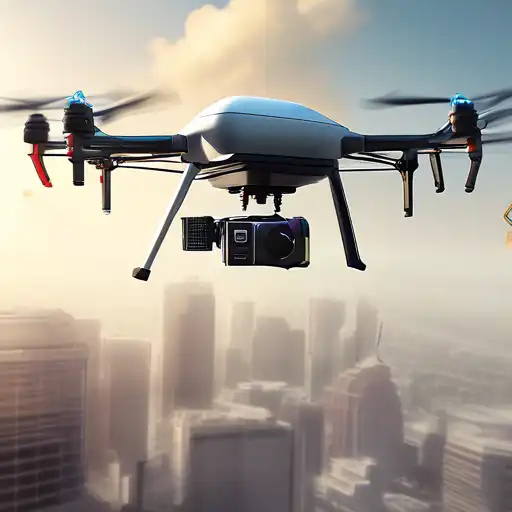Unlocking the Potential of Commercial Drones
Commercial drones, also known as unmanned aerial vehicles (UAVs), are revolutionizing industries across the globe. From agriculture to real estate, these flying marvels offer unparalleled opportunities for businesses to enhance efficiency, reduce costs, and improve safety. However, as the sky becomes increasingly crowded, understanding the regulatory framework is essential for any enterprise looking to leverage drone technology.
Opportunities in Various Sectors
The applications of commercial drones are vast and varied. In agriculture, drones are used for crop monitoring, spraying, and surveying, significantly reducing the need for manual labor. In construction, they provide aerial views for site planning and progress tracking. Meanwhile, the real estate sector benefits from stunning aerial photography that showcases properties in their entirety. Other sectors, including logistics, emergency response, and entertainment, are also finding innovative uses for drones.
Navigating the Regulatory Environment
Despite their potential, commercial drones operate within a complex web of regulations designed to ensure safety and privacy. In the United States, the Federal Aviation Administration (FAA) requires commercial drone operators to obtain a Part 107 certification. Similar regulations exist in other countries, often including restrictions on flight altitude, no-fly zones, and mandatory insurance. Staying informed about these rules is crucial for businesses to avoid penalties and ensure smooth operations.
Future Trends and Innovations
The future of commercial drones is bright, with advancements in battery life, autonomous flight, and payload capacity opening new possibilities. One of the most anticipated developments is the integration of drones into urban air mobility systems, potentially transforming how goods and people are transported in cities. Additionally, the rise of drone-as-a-service (DaaS) models is making drone technology more accessible to small and medium-sized enterprises.
Best Practices for Commercial Drone Use
To maximize the benefits of drones while minimizing risks, businesses should adhere to best practices. This includes conducting thorough risk assessments, investing in training for operators, and staying updated on regulatory changes. Moreover, respecting privacy concerns and securing data collected by drones are paramount to maintaining public trust and avoiding legal issues.
Commercial drones offer a world of opportunities for businesses willing to navigate the regulatory landscape. By understanding the potential applications and legal requirements, companies can harness the power of drone technology to gain a competitive edge. As the industry continues to evolve, staying ahead of trends and regulations will be key to success.
